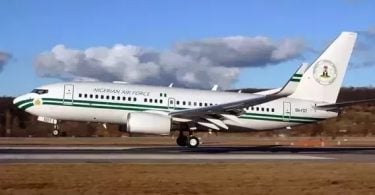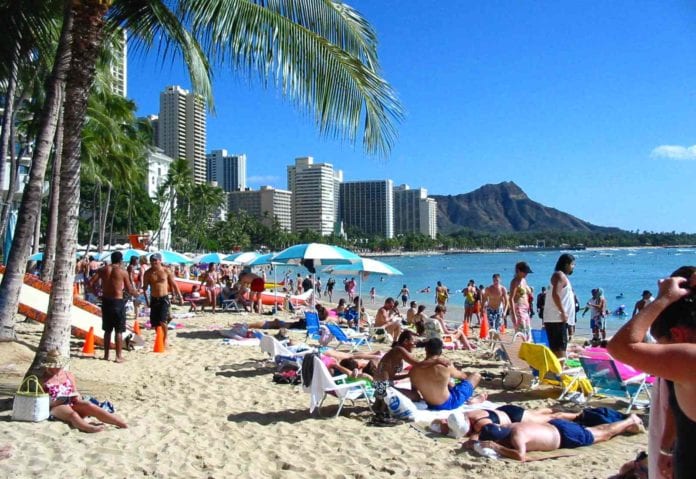According to the Kenya National Bureau of Statistics, cross-border arrivals into Kenya, mostly from Tanzania and Uganda, until September 2016 closed at 326,438 compared to 318,689 in 2015. This is a growth of 2.4% year on year. Data on cross-border arrivals is a key as it is thought vital in monitoring the progress made with regards to intra-regional movements and seamless connectivity in the region.
‘Tourism data plays an important role in informing policy and strategic decision-making in both private and public sectors. Without reliable tourism data it is like navigating a ship through stormy and murky seas without compass. At the same time, any investments made without input from tourism data is a mere gamble with no guaranteed profits‘ according to the East African Tourism Platform which released the statistics yesterday
In summary:
- Total international arrivals for January to September 2016 by air and sea closed at 657,438 compared to 555,855 in 2015, illustrating an increase of 18.3%
- JKIA arrivals grew by 17.4% to record 589,958 compared to 502,711 in 2015. Moi International Airport Mombasa (MIAM), on the other hand, received 65,600 visitors, compared to 53,145 in 2015, a 23.4% growth. 1,880 cruise ship arrivals were recorded until September 2016
- Consolidated arrivals for January to September 2016 are 983,876, 12.5% more than 2015 that closed at 874,544 over the same period
- The total bed occupancy for the period up to September 2016 was 4.4 million. Domestic tourists took up 60% of these beds equal to 2.7 million
- Holiday is the major reason of travel into Kenya, taking a share of 75% of the total arrivals compared to 71% in 2015. Both Business and conference contributed 13% of the arrivals compared to 15% in 2015, with VFR, transit and study with 7%, 1% and 1%, compared to 8%, 1% and 1% in 2015
- In terms of share of arrivals, the USA has overtaken UK, to become the highest source market for Kenya. India comes in third, followed by Uganda and China, displacing Germany and Italy from the top five performing markets
Tourism stakeholder sources however once again pointed out that growth for the Kenya coast needed to accelerate. This observation was made inspite of a nearly one quarter increase from last year’s figures but admitted this was a challenge due to the continued absence of charters from the UK and lack of additional scheduled flights from abroad into Mombasa at this time.
Several in fact linked this particular challenge to the recent announcement by Tourism Cabinet Secretary Najib Balala to launch a task force, facilitated with a 10 million Kenya Shillings budget, to look at ways and means to crank up and finetune marketing abroad in existing old core markets as well as new and emerging markets around the world, with special focus on Africa.
‘Unless we can improve on the growth rates very quickly, we will be facing a difficult year again in 2017 when elections are held in Kenya. I think you said a few years ago that Kenya missed the boat then to anticipate election year setbacks and go flat out marketing and the results we all know. There seems a sufficient budget now to market our country and we must spend it now before the traditional dip ahead of elections hits us. Growth is still a bit fragile and we simply cannot risk another setback. This applies in particular for the coast where resorts continue to struggle with lower than hoped for occupancies‘ said one of the more regular contributors from Mombasa.






















